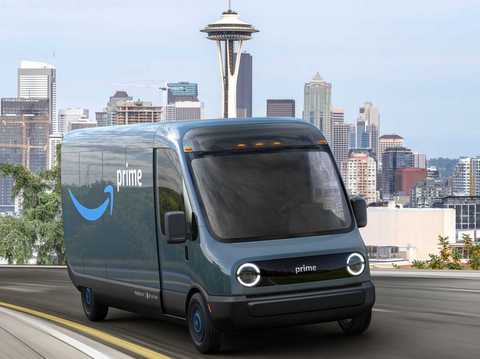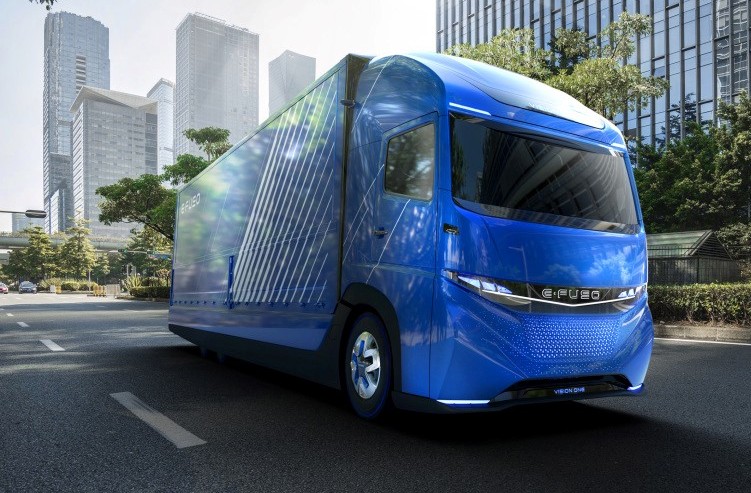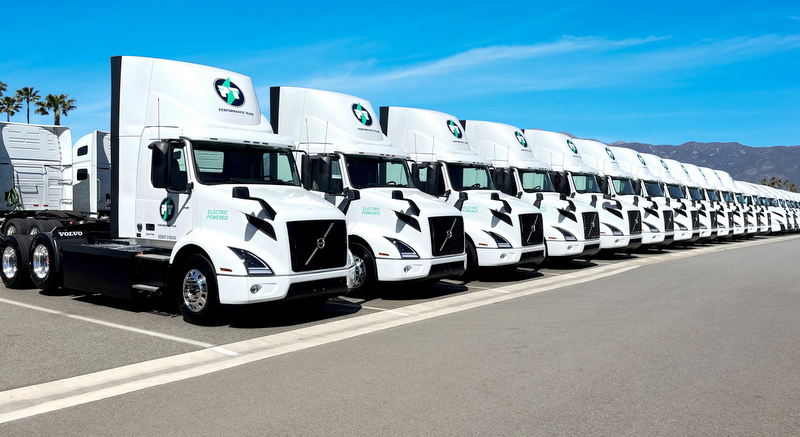News: The Upsizing of Electrification Is Underway
EVs have become increasingly common on today’s roadways. As they grow more and more popular among consumers, it raises a question. When will the same happen for commercial fleets? How long until we see electric fleets taking over the supply chain?
Where Are EV Fleets Now?

While you may not see many electric long-haul trucks on the road, fleet electrification is well underway. UPS has ordered 10,000 electric vehicles and FedEx plans to make its entire pickup and delivery fleet battery-powered by 2040. DHL, Amazon and USPS have all invested in EVs.
Most of these EVs are smaller vehicles handling last-mile deliveries. Small and medium-sized EVs have already become fairly common, with big brands like Ford and GM making electric trucks and vans. Heavy-duty trucks, however, still have a way to go.
While Class 7 and 8 electric trucks do exist, there are fewer available options. They’re also typically expensive and have limited ranges today. Consequently, most fleets’ big-rig EV investments are more like promises to use these vehicles than actual deployment.

What’s Holding EV Fleets Back?
While there’s a lot of interest in EV fleets, several obstacles still stand in the way. Most notably, the technology still has to improve before long-range electric trucks become viable.
Modern EVs have enough range for last-mile deliveries, but cross-country journeys are another story, especially considering how long it takes to recharge. Batteries are also less effective in the cold, but there’s a general nationwide increase in demand for truck use around the holidays, so EV trucks may hinder fleet operations during peak seasons.
There’s also the issue of cost. Buying new vehicles in general means large upfront expenses, and EVs tend to be more expensive than conventional trucks. Until these costs drop, many fleet managers may be hesitant to replace their trucks with electric alternatives.
Looking to the Future
Thankfully, there are some promising signs on the horizon. The bipartisan infrastructure plan makes several investments in EVs, including creating a network of 500,000 charging stations across the U.S. More chargers would make EV transportation viable in more scenarios, especially for long-haul trucking, though the emphasis in the federal infrastructure bill is on light-duty vehicles. States like California have pledged around half of its EV infrastructure spending on medium- and heavy-duty vehicles.
As more companies invest in EVs, it helps speed innovation, leading to more efficient and affordable vehicles. Government incentives can also help offset costs. The National Renewable Energy Lab (NREL) says zero-emission vehicles could make up 80% of medium and heavy-duty fleets by 2050 if these improvements and incentives (for vehicle purchase and infrastructure) continue.

Electric Fleets May Not Be Far Off
EVs are already appearing in fleets across the country, mostly in last-mile deliveries and few heavy-duty trucks in regional service. If current trends continue and the industry can overcome the remaining challenges, you could expect electric fleets to be standard within the next few decades. Until then, you’ll gradually see more and more electric vehicles carrying the nation’s and world’s freight.

2 thoughts on “How Long Until EV Fleets Take Over the Supply Chain?”